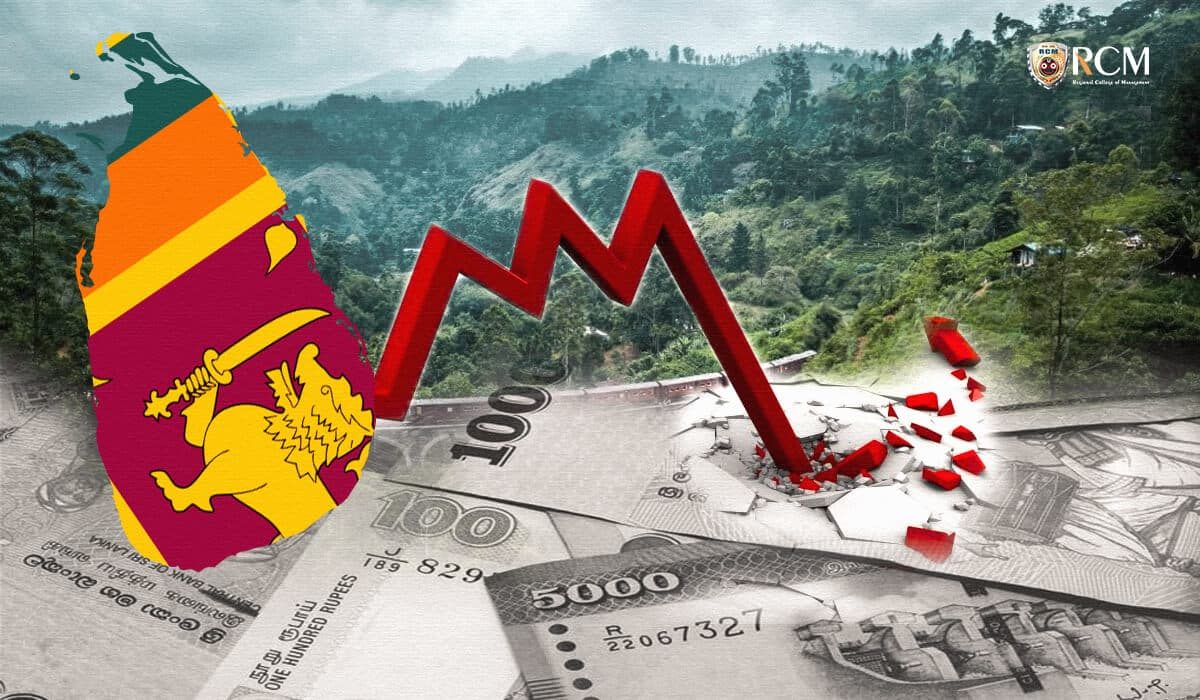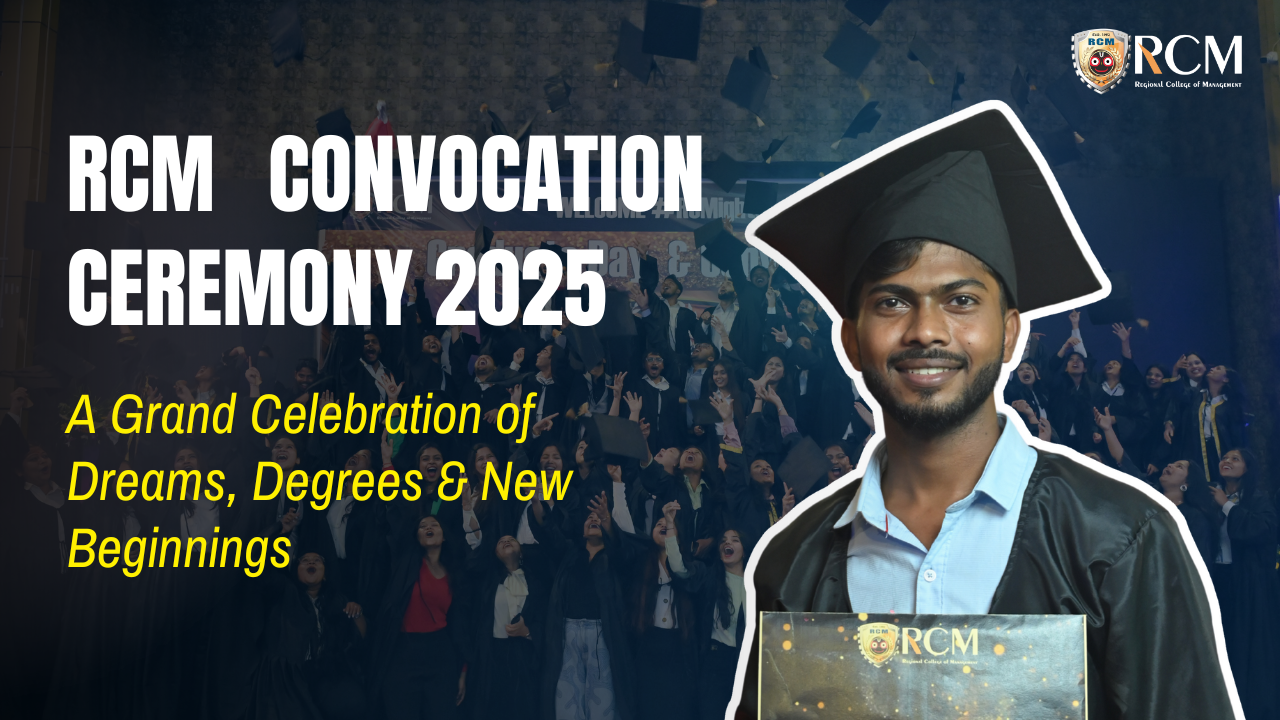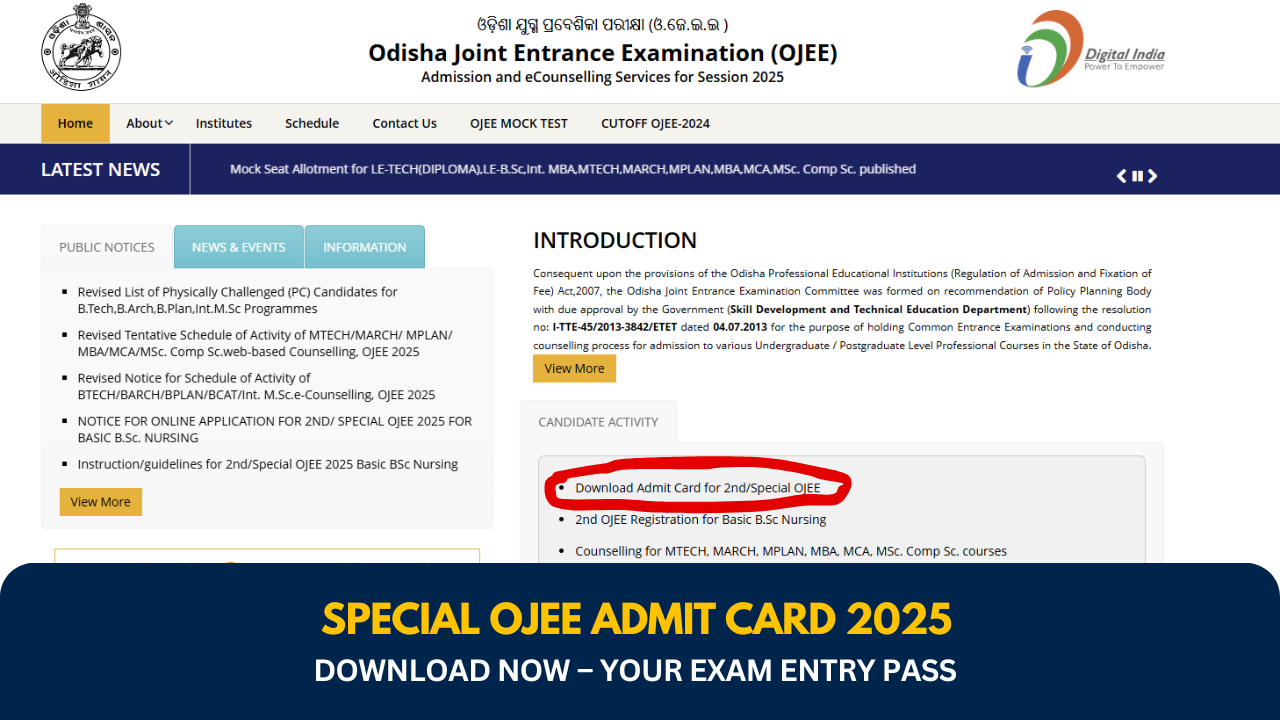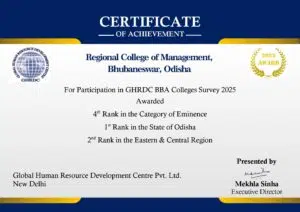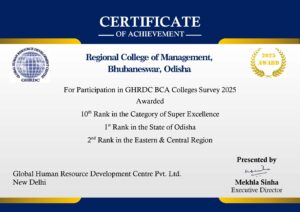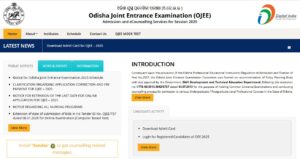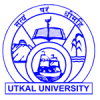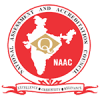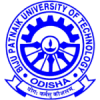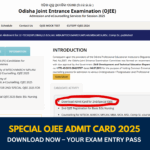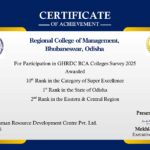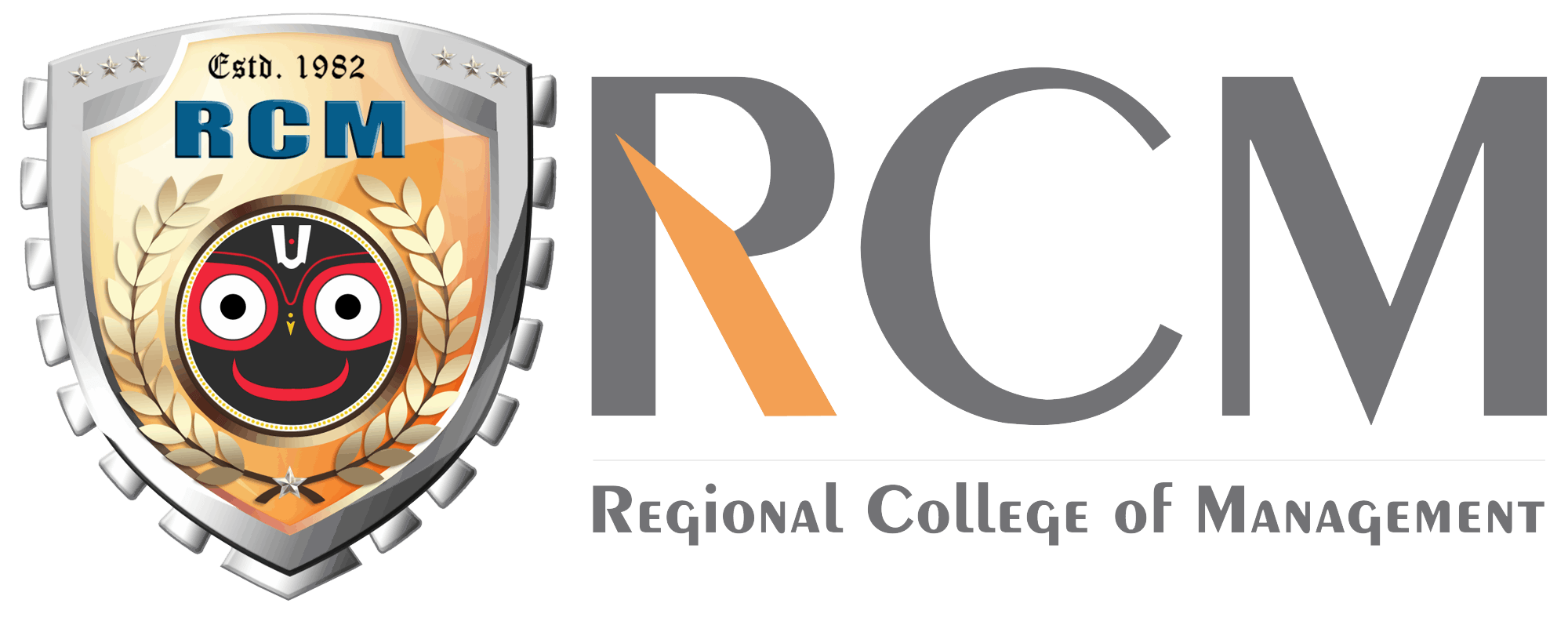Colombo Sri Lanka is well-known for its stunning beaches, clean streets, historical buildings, delicious cuisine, and vibrant people. The Sri Lankan capital and the rest of the country have gradually returned to stability, putting behind them the terrible memories of the civil war that ended in 2009 and the 2019 Easter bombs. Nevertheless, all the country’s success on that voyage seems to have gone down in flames as it faces a devastating economic crisis, putting it on the edge of bankruptcy.
Since January, the situation has worsened drastically with food and gasoline prices skyrocketing and severe shortages spreading across the country. The island nation of 2.2 million people cannot import basic essentials like rice, milk, and kerosene due to depleted reserves. Because of a lack of paper, two of its most prominent publications ceased printing.
President Gotabaya Rajapaksa, nicknamed “Terminator” by admirers for bringing the civil war to an end, said his nation will work with the International Monetary Fund (IMF) to combat the problems. He blamed past governments for the crisis. “When those who contributed to the crisis are criticizing the government, I am trying to resolve it and provide relief to the people,” said Gotabaya.
The president’s answer, however, has not gone over well with the public. Anger, frustration, and hunger to obtain whatever food and gasoline remain common sights on Colombo’s streets. In numerous instances, armed forces have been sent to control gasoline deliveries. Gotabaya set import controls and executed an ill-advised tax cut, which wreaked havoc on the country’s already fragile economy. To limit foreign currency outflows, he prohibited the import of luxury automobiles, chemical fertilizers, and spices such as turmeric.
Sri Lanka, dependent on imports, faced huge issues after a sudden policy shift on trade and economic regulations. The change severely hurt manufacturing industries, especially the garment sector. The pandemic had already wiped out key tourism revenue, and tax cuts worsened the economic situation. Since 2020, inflation soared, foreign reserves dropped 70%, and a fertilizer ban severely harmed farming. Poor monetary policy and capped interest rates further intensified the ongoing crisis.
When Gotabaya declared his intention to convert the country’s agriculture industry to 100% organic, he hoped to save money on imports while simultaneously protecting the environment. However, agricultural specialists and economists have already warned of food scarcity. The ban resulted in a drop in yield of 25%. The agriculture business had lost nearly 50% of its output capacity by the time the government acknowledged its errors and reversed the ban.
As a result, the government was forced to rely even more heavily on other countries for rice and other necessities. Gotabaya’s economic prospects have also been hurt by Gotabaya’s attempts to reduce taxes. Because of the relocation, revenues fell to a historic low of 9% of GDP. One of the key reasons why the government is unable to give help to the people during this tragic catastrophe is the decline.
Sri Lanka has also been devastated by the collapse of its tourist sector, which accounts for roughly 10% of the country’s GDP and is a major source of foreign cash. Because of the epidemic, tourism income fell from $7.5 billion in 2019 to $2.8 billion last year. The Russia-Ukraine war came as a huge blow just when the industry was resuming routine. Russia, Ukraine, and Belarus account for a sizable proportion of international visitors visiting Sri Lanka.
Meanwhile, the Gotabaya government is at a loss on how to handle the problem. Even after two cabinet sessions on the subject, it was unable to reach an agreement on a recovery strategy. Sri Lanka has now asked for help from India and China. India provided a billion-dollar line of credit to import food, other basic goods, and pharmaceuticals. Later, China also suggested that it was considering a billion-dollar loan and a $1.5-billion credit line.
Colombo has also asked for help from the IMF. However, there aren’t many optimists on the island right now. The only way out is to adopt economic reforms. The sort of adjustments required will be difficult and unpleasant, and it is difficult to see how politicians will embrace them. With some stabilizing, Sri Lanka may be able to return to where it was in 2019. Debt relief might take 18 to 20 months, while resuming growth will take much longer.
(sources by- theweek.in)

